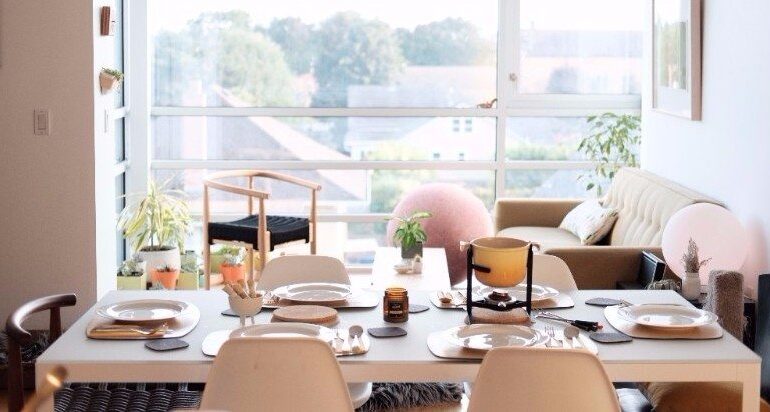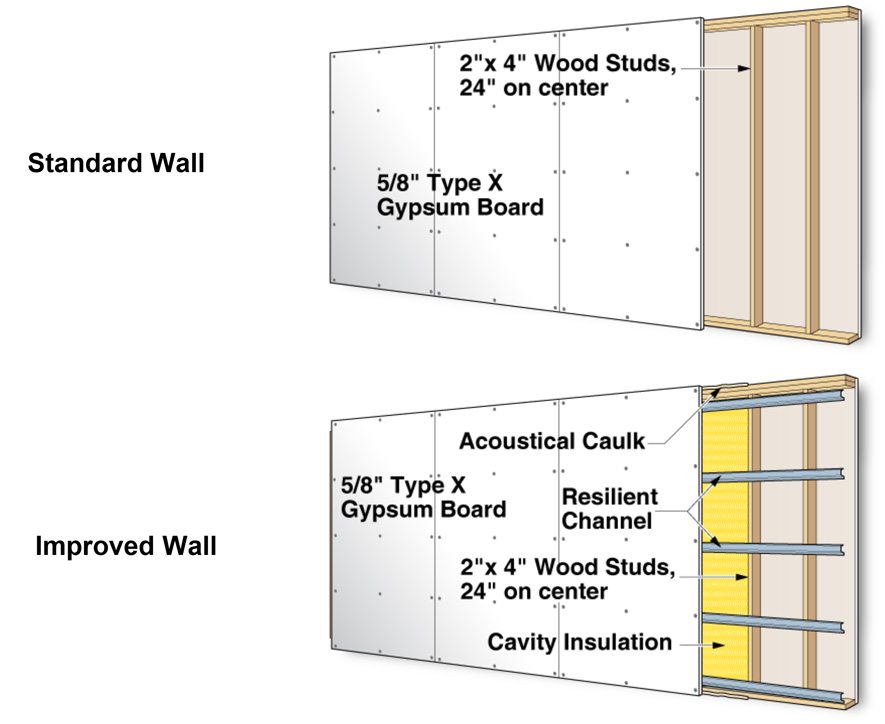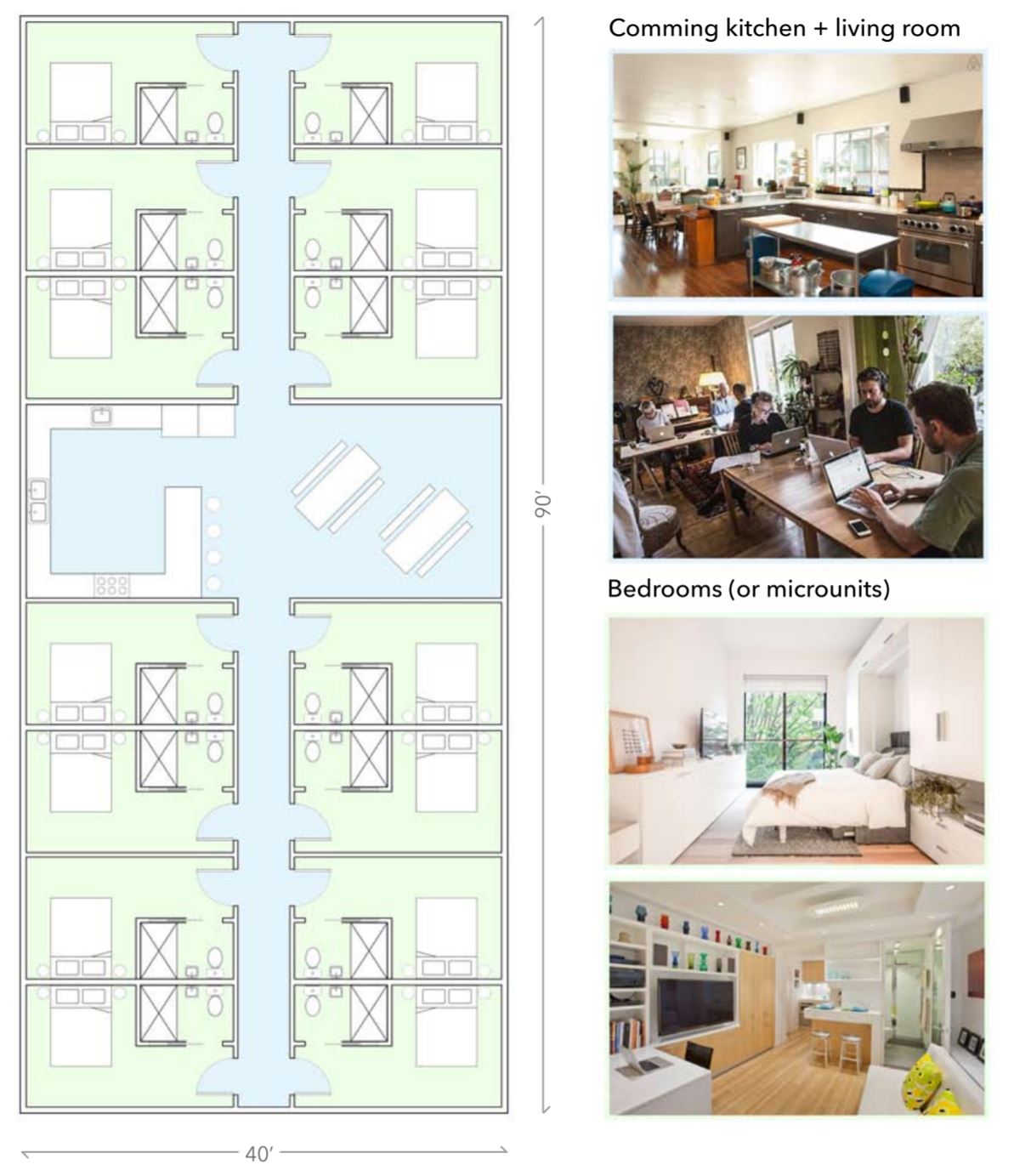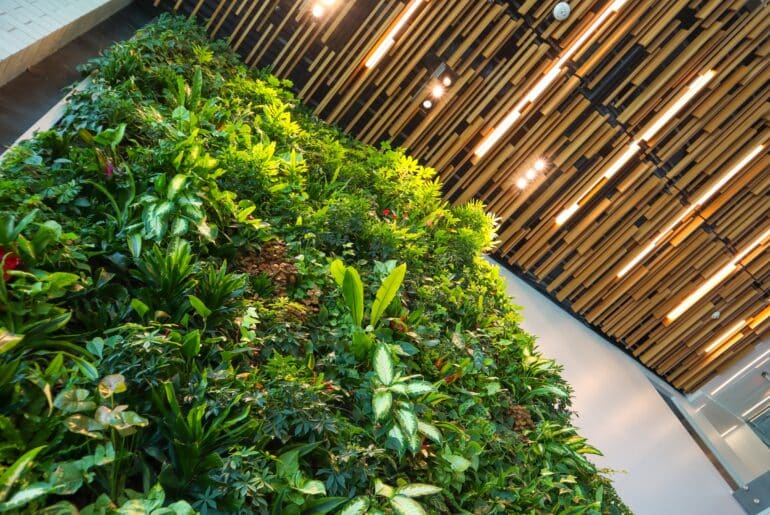Home is where we spend at least one third of our lives. It is where we nourish ourselves through food and rest, and where we raise our children. Beyond the traditional goals of shelter, security, and comfort, there is an entirely new framework that can be applied to homes. Amidst the increasing pressures of density and a digitized world, how can we make homes that are nourishing to occupants, regenerative, and economically viable?
COST OF CONSTRUCTION
First, let’s consider how to lessen the environmental and financial cost of construction, which is particularly relevant in markets reacting to housing crises. When it comes to residential projects, the best approach might be modular.
Construction debris is the largest waste stream in the US, and modular construction can reduce waste generation from the typical 10-15% down to 4%, as recognized by Stok’s Garden Village project. Financially, modular construction reaps the benefits of “time is money,” with project savings emerging mainly due to a shortened construction schedule: construction can begin off-site as the foundation is laid simultaneously on-site; modules are shipped around 95% completion, so they already include interior/exterior finishes, plumbing, electrical, and flooring; and weather has very little impact on the schedule. These time savings can translate into total project financial savings of 7%, due to off-site construction.
ENERGY
Net Zero Energy (NZE) has taken hold in the residential sector with California leading the way. Among a number of ready-made NZE housing options, like Acre Designs and Blu Homes, is the California Public Utilities Commission’s goal of all new residential building to be NZE by 2020. Bold, but that’s why we like it.
And we’re already seeing net zero residential at scale. Alveo, a 2015 Architecture at Zero awardee, is a multifamily residential NZE project designed at a traditional price point. Not only are these solutions financially viable, but they’re scalable as well.
HEALTH
As the #1 environmental cause of premature mortality globally, and with pollutants reaching two to five times higher concentration levels compared to outdoors, indoor air quality (IAQ) is of primary concern in homes. To solve this, strategies for filtration, ventilation through operable windows, and healthy material selection are crucial. Entrances for multifamily projects are especially important barriers to outdoor pollutants, and can help filter out particulates using permanent walkoff systems or entryway air seals.
In addition to IAQ, homes need to provide comfort. One important area is acoustics, which is a leading source of dissatisfaction in apartment buildings (anyone with a noisy neighbor can relate). Strategies to improve acoustics include installing mechanical equipment that meets rigorous acoustic levels for different space types, and smart wall construction.
And the second type of comfort? Thinking of that cozy blanket you ball up under on those frigid winter nights? You’re getting warmer… Only 11% of buildings in the US have satisfactory thermal comfort environments. Forced air heating is inefficient and leads to poor IAQ due to constant air movement. A better approach? Radiant floor heating and passive lighting and heating design are much healthier options.
HAPPINESS
We’ve all heard, and likely experienced, the adage “home is where the heart is.” So how can we influence happiness at home? It starts with community. An increasingly important amenity in multifamily developments is shared community space. And taking this one step further, as a reaction to the drop in of multigenerational households in the US, we are experiencing a boom in large scale, corporate co-housing. This is seen as a way to create social equity, share limited resources, and create community. Co-living has environmental and financial benefits, as the need for community and physical connection is increasingly important in a globalized, digital world. Companies like OpenDoor and Roam are making it possible for people in the US and internationally to reconnect with people at home through flexible co-living spaces.
Unsurprisingly, nature also instills a deep happiness in people. Biophilia is humankind’s innate biological connection with nature, and biophilic design brings these elements into the built environment to inspire happiness in occupants through this connection. These benefits include reduced stress, improved cognitive functioning, enhanced creativity and problem solving, and an overall positive emotional experience. In the home, this can be achieved through access to views and sunlight, the use of natural materials, shapes, and forms, as well as abundant natural light and spatial harmony.
MAKING IT HAPPEN
So you know what to consider in enhancing your home, but how can you actually achieve it and measure your success? As lovers of all things “home,” Stok has expertise in the LEED for Homes and GreenPoint Rated rating systems, which ensure that housing projects are built to proven sustainability standards. Our team helps assess residential projects across five different categories that ultimately increase property value, save money on utilities, reduce carbon footprint, and improve comfort and indoor air quality.
If you’re interested in ways to make homes healthy, regenerative, and more valuable, get in touch.







